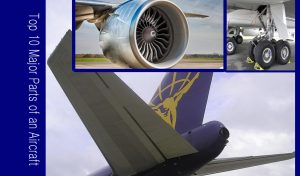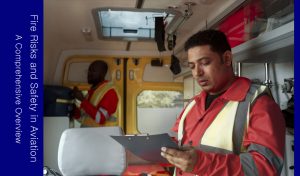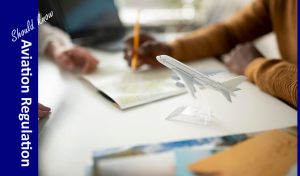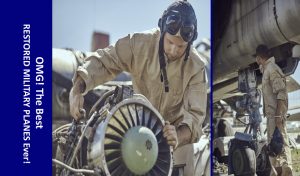Flying high above the clouds, aviation stands as a testament to human ingenuity and innovation. But what makes it one of the safest modes of transportation? In this exploration, we’ll delve into the rigorous safety standards, advanced technology, human expertise, and global collaboration that together weave the intricate tapestry of aviation safety. Here we are Unraveling the Safety Marvel of Aviation deeply.
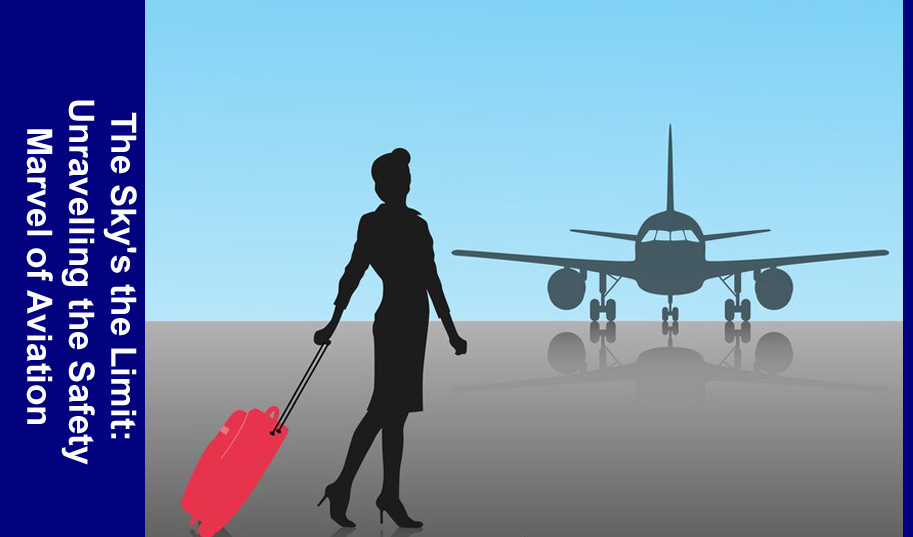
1. The Rigorous Safety Standards
Setting the Bar High: Regulatory Frameworks
At the core of aviation safety lies a web of stringent regulations. Aviation authorities worldwide, such as the Federal Aviation Administration (FAA) in the United States or the European Union Aviation Safety Agency (EASA), meticulously define standards for aircraft design, maintenance, and operations. These standards act as a safeguard, ensuring that every aspect of aviation adheres to the highest safety measures.
In the Hangar: Aircraft Maintenance
Aircraft maintenance is the unsung hero of aviation safety. Regular inspections, routine checks, and adherence to maintenance schedules are non-negotiable. For example, the Boeing 737, a workhorse of the skies, undergoes comprehensive maintenance checks after a set number of flight hours, ensuring that every nut, bolt, and wire is in optimal condition.
2. Advanced Technology Takes the Lead
Navigating the Skies: Cutting-edge Avionics
Advancements in avionics play a pivotal role in elevating aviation safety. Modern aircraft come equipped with state-of-the-art navigation systems, including GPS, inertial navigation, and automated flight control systems. These technologies not only enhance precision in navigation but also contribute to safer and more efficient flights.
The Safety Net: Radar and Collision Avoidance Systems
Imagine a sky without radar and collision avoidance systems—it would be akin to navigating through uncharted waters blindfolded. Radar systems track the movement of aircraft, ensuring safe separation. Collision avoidance systems, like the Traffic Alert and Collision Avoidance System (TCAS), provide real-time alerts to pilots, preventing potential mid-air collisions.
3. Human Factor: Expertise in the Cockpit
Wings of Experience: Well-Trained Pilots
The men and women in the cockpit are the linchpin of aviation safety. Rigorous training programs, simulator sessions, and continuous education ensure that pilots are well-prepared for any situation. Their ability to make split-second decisions in high-pressure scenarios contributes significantly to the safety of air travel.
Team Harmony: Crew Resource Management
Crew resource management emphasizes effective communication and teamwork in the cockpit. It recognizes the importance of every crew member’s input, fostering an environment where open communication is encouraged. This human-centric approach minimizes errors and enhances overall flight safety.
4. Pre-flight Preparations: Groundwork for Safety
Inspecting the Guardians: Ground Crew Protocols
Before an aircraft takes to the skies, the ground crew meticulously inspects every inch of the aircraft. From checking engine components to ensuring the functionality of landing gear, their attention to detail is unparalleled. These protocols create a robust foundation for safe flights.
Fueling the Confidence: Pre-flight Checks
Pre-flight checks are the final line of defense before departure. Pilots, alongside ground crew, perform a series of checks to ensure that all systems are functioning correctly. From engine tests to control surface inspections, these checks instill confidence in both the flight crew and passengers.
5. Learning from Mistakes: Continuous Improvement
Black Boxes and Beyond: Investigating Incidents
In the unfortunate event of an incident, the aviation industry employs a no-nonsense approach to investigate. Black boxes, which record flight data and cockpit conversations, become crucial tools in understanding the sequence of events leading to an incident. These investigations lead to actionable insights, driving continuous improvement in safety protocols.
Safety Evolution: Lessons from History
History serves as a valuable teacher in aviation safety. Every incident or accident prompts a thorough review of procedures and protocols. For instance, the tragic events of Flight 447 led to enhanced training for pilots to handle high-altitude stalls—an example of how the industry evolves to prevent similar occurrences.
6. The Unsung Heroes: Air Traffic Control
Guiding Lights: Ensuring Safe Routes
Air traffic control (ATC) is the silent guardian of the skies. ATC monitors and directs the movement of aircraft, ensuring safe separation and efficient routing. Their constant vigilance and communication with pilots contribute significantly to the overall safety of air travel.
On the Radar: Real-time Monitoring
Real-time monitoring of flights is a game-changer. With radar and satellite technology, ATC can track the position, altitude, and speed of every aircraft in their jurisdiction. This real-time information allows for swift adjustments to routes, ensuring safe travel even in congested airspace.
7. Emergency Preparedness: Planning for the Worst
Simulated Chaos: Emergency Drills
Preparedness is key to handling emergencies. Regular and realistic emergency drills, both in-flight and on the ground, equip flight crews to respond effectively to unforeseen circumstances. From engine failures to cabin decompression, these drills simulate chaos to ensure a calm and controlled response.
Rapid Response: Crisis Management
In the event of an emergency, rapid response is paramount. Airlines have dedicated crisis management teams trained to handle various scenarios. These teams work in tandem with aviation authorities and emergency services to coordinate swift and effective responses, minimizing the impact of emergencies.
8. The Role of Big Data in Aviation Safety
Data-Driven Skies: Predictive Maintenance
Welcome to the era of data-driven aviation. Big data analytics are revolutionizing aircraft maintenance through predictive maintenance models. By analyzing vast amounts of data from sensors and flight records, airlines can predict potential issues before they become critical, reducing unplanned maintenance and enhancing overall safety.
Crunching Numbers: Analyzing Flight Patterns
Beyond maintenance, big data plays a crucial role in analyzing flight patterns. By studying historical data on weather conditions, air traffic, and flight routes, aviation authorities can identify trends and make informed decisions to mitigate potential risks.
9. Weathering the Storm: Adverse Conditions
Beyond Clear Skies: Navigating Storms
Weather can pose significant challenges to aviation safety. However, modern aircraft are equipped to handle adverse conditions. From lightning protection systems to advanced weather radar, these technologies enable pilots to navigate safely through storms, ensuring a smoother journey for passengers.
Grounded Wisdom: Weather-related Decisions
Pilots and airline operations teams make informed decisions based on weather forecasts. If severe weather conditions are anticipated along a planned route, alternate routes or flight delays may be implemented to ensure the safety and comfort of passengers.
10. Global Collaboration: Uniting for Safety
Shared Wisdom: International Cooperation
Aviation safety knows no borders. International collaboration among aviation authorities, airlines, and industry stakeholders is paramount. Forums like the International Civil Aviation Organization (ICAO) facilitate the exchange of best practices, ensuring a unified approach to safety standards worldwide.
Learning from Each Other: Aviation Conferences
Aviation conferences provide a platform for industry professionals to share experiences, insights, and innovations. These gatherings foster a culture of continuous learning, allowing stakeholders to stay abreast of the latest developments in aviation safety.
Conclusion
Soaring High: The Ongoing Commitment to Safety
As we conclude our journey through the safety marvel of aviation, it becomes evident that safety is not just a priority; it’s a continuous commitment.
Examples of aviation safety
Here are a few examples of how aviation safety has been improved over the years:
- In the 1960s, the FAA introduced a requirement for commercial aircraft to be equipped with flight recorders. These devices record data about the aircraft’s performance and flight path. This data can be used to investigate accidents and incidents and to identify areas where safety can be improved.
- In the 1980s, the FAA introduced a requirement for commercial aircraft to be equipped with ground proximity warning systems. These systems warn pilots when the aircraft is too close to the ground. This has helped to reduce the number of accidents caused by controlled flight into terrain (CFIT).
- In the 1990s, the FAA introduced a requirement for commercial aircraft to be equipped with enhanced ground proximity warning systems (EGPWS). These systems are more sophisticated than ground proximity warning systems and provide pilots with more information about the terrain in their vicinity. This has helped to further reduce the number of CFIT accidents.
- In the 2000s, the FAA introduced a requirement for commercial aircraft to be equipped with terrain awareness and warning systems (TAWS). TAWS systems are even more sophisticated than EGPWS systems and
